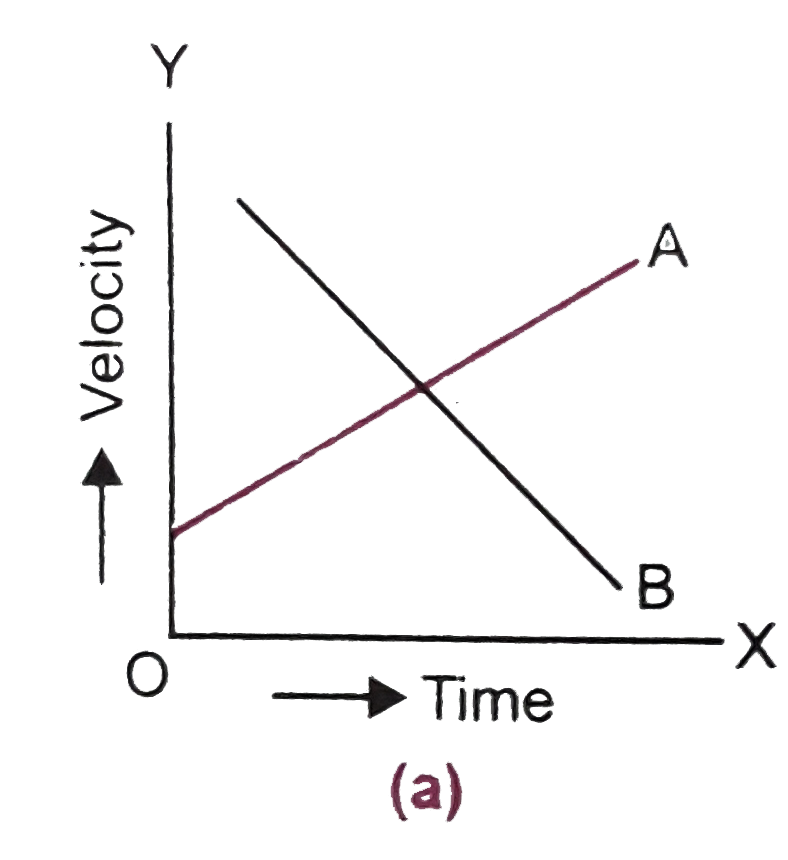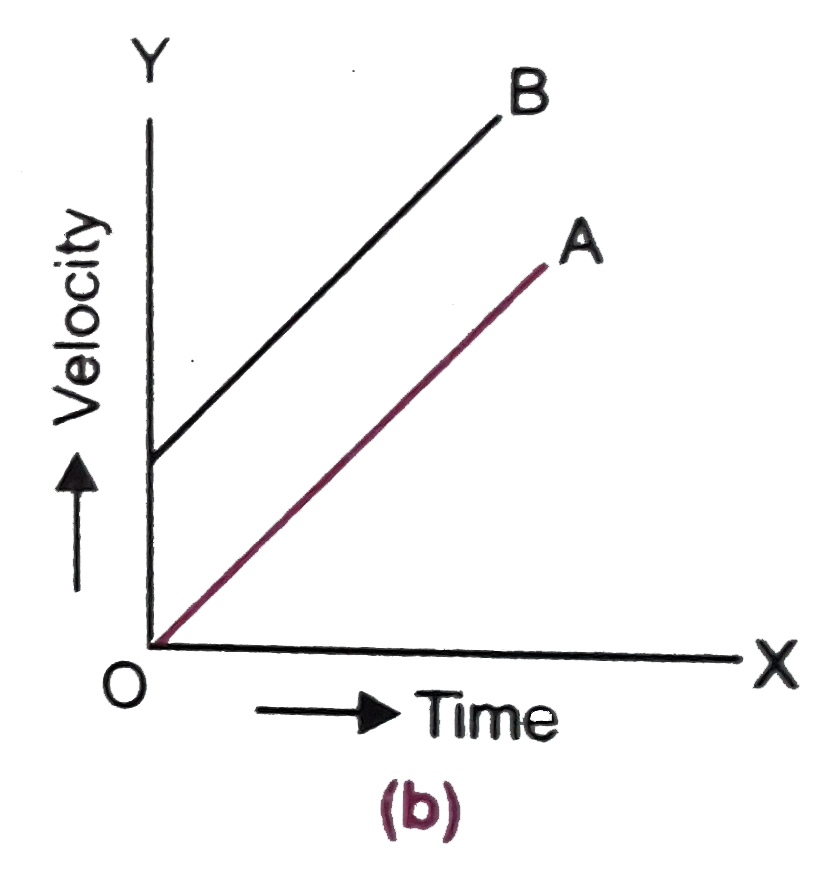Is it possible that your cycle has a northward velocity but southward acceleration ? If yes, how ?
To determine if it is possible for a cycle to have a northward velocity while experiencing southward acceleration, we can analyze the concepts of velocity and acceleration.
1. Understanding Velocity and Acceleration:
- Velocity is a vector quantity that indicates the direction and speed of an object. In this case, the cycle is moving northward.
- Acceleration is also a vector quantity that indicates the rate of change of velocity. It can be positive (speeding up) or negative (slowing down).
2. Direction of Motion:
- Assume the cycle is moving in the north direction. This means the velocity vector of the cycle points north.
3. Applying Brakes:
- When the brakes are applied, the cycle begins to slow down. This slowing down is known as deceleration or negative acceleration.
- In this scenario, the acceleration vector points in the opposite direction to the velocity vector, which means it points south.
4. Conclusion:
- Therefore, it is indeed possible for the cycle to have a northward velocity (moving north) while experiencing southward acceleration (due to braking). This satisfies the condition where velocity and acceleration are in opposite directions.
Final Answer:
Yes, it is possible for your cycle to have a northward velocity but southward acceleration when you apply the brakes, causing the cycle to decelerate.
---
- Velocity is a vector quantity that indicates the direction and speed of an object. In this case, the cycle is moving northward.
- Acceleration is also a vector quantity that indicates the rate of change of velocity. It can be positive (speeding up) or negative (slowing down).
- Assume the cycle is moving in the north direction. This means the velocity vector of the cycle points north.
- When the brakes are applied, the cycle begins to slow down. This slowing down is known as deceleration or negative acceleration.
- In this scenario, the acceleration vector points in the opposite direction to the velocity vector, which means it points south.
- Therefore, it is indeed possible for the cycle to have a northward velocity (moving north) while experiencing southward acceleration (due to braking). This satisfies the condition where velocity and acceleration are in opposite directions.
Yes, it is possible for your cycle to have a northward velocity but southward acceleration when you apply the brakes, causing the cycle to decelerate.
Topper's Solved these Questions
Similar Questions
Knowledge Check
A : It is not possible to have constant velocity and variable acceleration.
R : Accelerated body cannot have constant velocity.AIf both Assertion & Reason are true and the reason is the correct explanation of the assertion, then mark (1).BIf both Assertion & Reason are true but the reason is not the correct explanation of the assertion, then mark (2).CIf Assertion is true statement but Reason is false, then mark (3).DIf both Assertion and Reason are false statement, then mark (4).A wheel is rolling on a horizontal plane. At a certain instant it has a velocity v and acceleration a of CM as shown in figure . Acceleration of
 AA is vertically upwardsBB may be vertically down-wardsCC cannot be horizontalDsome point on the rim may he horizontal leftwards
AA is vertically upwardsBB may be vertically down-wardsCC cannot be horizontalDsome point on the rim may he horizontal leftwardsA body A starts from rest and moves with a uniform acceleration along a straight line. Another body B has some initial velocity and moves with larger acceleration than that of A. The correct velocity time graphs
A B
B C
C D
D
A particle is moving eastwards with a velocity of 5ms−1. In 10seconds the velocity changes to 5ms−1 northwards. The average acceleration in this time is
View Solution(a) A particle is moving eastward with a velocity of 5 m/s. If in 10 s the velocity changes by 5m/s northwards. What is the average acceleration in this time ?
(b) What is the retardation of a moving particle if the relation between time and position is, t=Ax2+Bx? (where A and B are appropriate constants)
View SolutionA boy is moving westward with a velocity of 10ms−1. In 20 seconds , velocity changes to 5ms−1 southwards . Calculate the average acceleration of the boy in this interval
View SolutionA paricle is moving eastwards with a velocity of 5m/s. In 10s the velocity changes to 5m/s northwards. Find the average acceleration in this time.
View SolutionA body moving along a circular path of radius R with velocity V , has centripetal acceleration a If its velocity is made equal to 2v , then its centripetal acceleration is
View Solution
